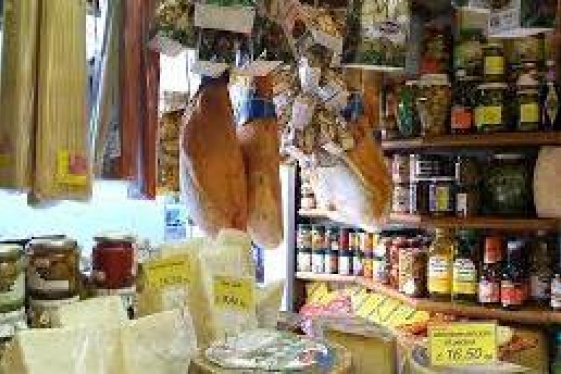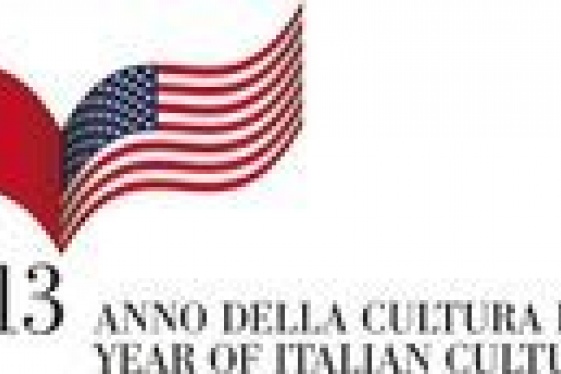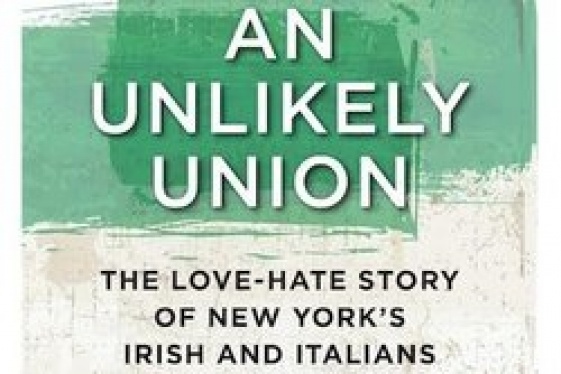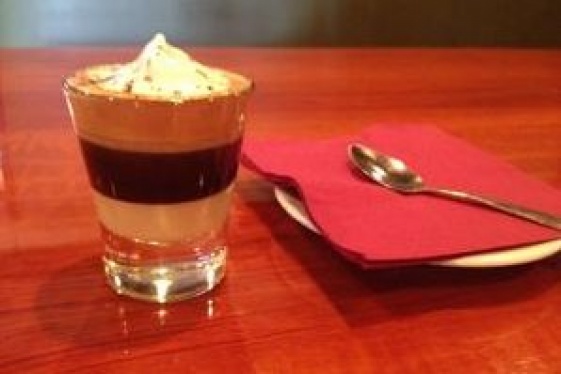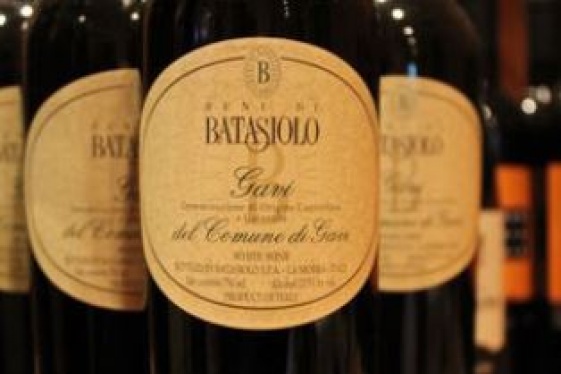
Tony May, the king of Italian cuisine in New York died at 84 years old

Tony May, the king of Italian cuisine in New York, the acclaimed restaurateur, ambassador of Italian cuisine in the United States, patron of six Italian-American restaurants that have made culinary history in New York, destinations of the international jet-set, has died at the age of 84. Born as Antonio Magliuolo 84 years ago in Torre del Greco (Naples), he died after a brief illness in his New York home. The news of his death was given by his family: he leaves behind his daughter Marisa, married to Leonardo Metalli, a Tg1 journalist.
Tony May was the owner of the legendary "San Domenico" restaurant, a temple of class and refinement. Standard-bearer of the best gastronomic tradition of the Belpaese ("it is causing a revolution: Italians are overtaking the French in the world of haute cuisine", wrote "The Economist" about him), the "San Domenico" at 240 Central Park South, between Seventh Avenue and Broadway Avenue, a few steps from Time Warner and Lincoln Center, has seen among its customers celebrities such as Michael Douglas, Catherine Zeta Jones, Sylvester Stallone, Sophia Loren, Sharon Stone, Harrison Ford, Demi Moore, Tom Hanks, Ron Howard, Luciano Pavarotti, but also financiers, industrialists, artists and politicians.
Born on December 6, 1937, the first of eight children of Ciro, a sea captain, Antonio Magliuolo left the province of Naples at a very young age to land in America in search of fortune. And within a little more than a decade of working his way up from being an anonymous emigrant, he became the king of the table. In Manhattan he was hired as a waiter at the "Rainbow Room", one of the restaurants of the Rockefeller Center: in 1964 he became the maitre d' and in 1968 he became the director of the restaurant. Ten years passed and he took over the property, transforming the rooms on the 65th floor of the skyscraper into a restaurant combined with a nightclub that hosted the greatest jazz musicians.
While still at the Rainbow Room, in 1979 he founded the Gruppo Ristoratori Italiani at the Italian-American Chamber of Commerce. In 1986 he opened a second restaurant, the "Palio", and two years later the "San Domenico", considered the flagship restaurant of the Tony May Group, collecting praise for twenty years.
In 1997 Tony May opened in the Twin Towers two more restaurants: "Gemini" and "Pasta Break" for the clientele of the financial district of Manhattan. On September 11, 2001, both "Gemini" and "Pasta Break" were destroyed in the terrorist attack on the World Trade Center. Tony May and his daughter, Marisa, worked tirelessly to help feed the rescuers and help his displaced employees. A new "Pasta Break" opened a year later in the E-Walk complex in Times Square. In addition to his five restaurants, he also founded two cooking schools. For his work in favor of Italian cuisine abroad, President Oscar Luigi Scalfaro granted Tony May the title of commendatore of the Order of Merit of the Italian Republic.
In 2008 the "San Domenico" closed its doors in Central Park South and the following year Tony May, with his daughter Marisa opened "SD26 Restaurant & Wine Bar", a three level restaurant in Madison Square Park North presenting contemporary Italian cuisine. Awarded many times by both American and Italian institutions for his talent and commitment to culinary entrepreneurship (in 1985 he received the Caterina de' Medici International Award), Tony May is the author of a successful book entitled "Italian Cuisine: Basic Cooking Techniques", also used as a manual in cooking schools. The brief illness that struck him, caught Tony May while he was about to open a new restaurant in downtown Manhattan.
In his restaurants often worked chefs who came from the Italian Culinary Institute for Foreigners in Castiglione d'Asti, located inside a medieval castle in Piedmont, founded by Tony May himself in 1991.
In 2006, he finally created the Italian Culinary Foundation, with the goal of coordinating programs with culinary schools around the world, bringing chefs and products from Italy to the U.S. and other foreign countries, providing students and faculty with hands-on learning experiences that emphasize the origin, history, techniques and products that make up authentic Italian cuisine. Objectives also include scholarship programs that give students and faculty the opportunity to study Italian cuisine, wine and table culture.
You may be interested
-
‘Fuggedaboudit’ the motto of new Italian del...
By Kimberly Sutton Love is what brought Tony Nicoletta to Texas from New York.The transpl...
-
1st Annual Little Italy Cannoli Tournament
Little Italy San Jose will be hosting a single elimination Cannoli tournament to coincide...
-
A Week in Emilia Romagna: An Italian Atmosp...
The Wine Consortium of Romagna, together with Consulate General of Italy in Boston, the Ho...
-
An Italian American Feast For Family Reunion...
Hey, come over here, kid, learn something. ... You see, you start out with a little bit of...
-
An Unlikely Union: The love-hate story of Ne...
Award-winning author and Brooklynite Paul Moses is back with a historic yet dazzling sto...
-
Buon Appetito! Unique Italian dining at Ragú...
There's something to be said for having your food prepared tableside. Guacamole tastes fre...
-
Cathedral of St. John the Divine, Oratorio S...
For the first time ever, The Cathedral of St. John the Divine, in collaboration with the O...
-
Chef Carmelo Mauro to host Beni Batasiolo Wi...
Fiorenzo Dogliani, owner of Beni di Batasiolo, will join Carmelo Mauro for an exclusive wi...



